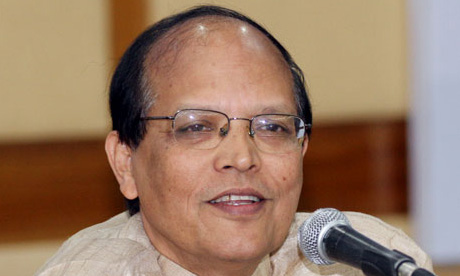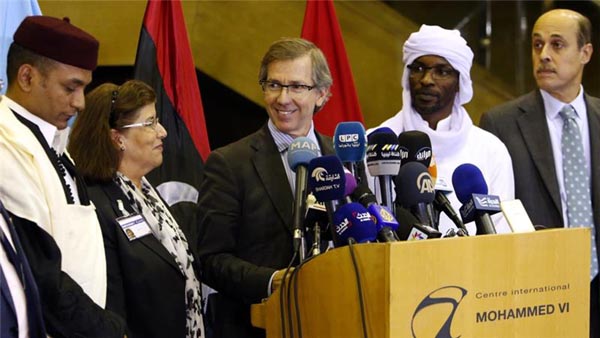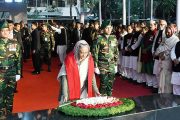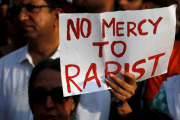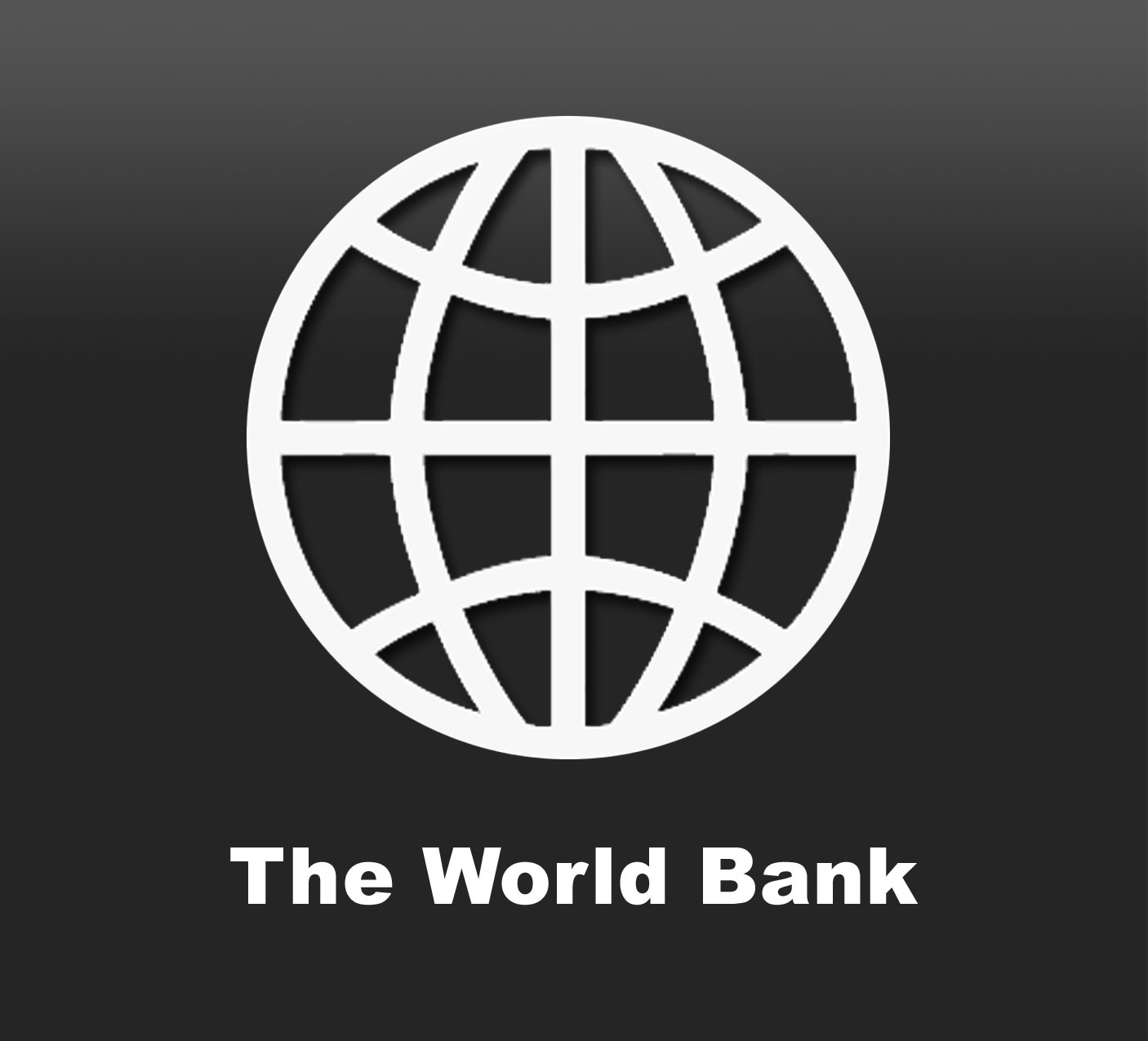 The World Bank sees Bangladesh’s readymade garment (RMG) industry is suffering from a severe image crisis in the international markets because of concerns about labor safety arising from recent fire incidents in two garment factories, which resulted in a combined casualty of 119 workers.
The World Bank sees Bangladesh’s readymade garment (RMG) industry is suffering from a severe image crisis in the international markets because of concerns about labor safety arising from recent fire incidents in two garment factories, which resulted in a combined casualty of 119 workers.
“This led the US and EU to rethink the Generalized System of Preference (GSP) facilities provided to Bangladesh. The United States Trade Representative (USTR) has started the process of evaluating the GSP facility which might lead to a withdrawal, suspension or limitation of duty-free access,” the World Bank said in its report on Bangladesh Development Update, released on April13.
Although only 0.54 percent of Bangladesh exports to the US in 2011 was under the GSP scheme, cancellation of the facility might send strong adverse signals about domestic production conditions, and might lead to buyers elsewhere reconsidering Bangladesh as a major source of apparel, according to the report.
Europe, the largest export market of Bangladesh, is also contemplating actions against Bangladesh to ensure full compliance in labor safety.
“Furthermore, international retail giants such as Walmart34 and Inditex35 are considering a zero tolerance policy and cutting ties with suppliers who are non-compliant (or subcontract to non-compliant factories),” it said.
EU has revised its GSP scheme which will be in effect from January 1, 2014. Under the revised scheme, although Bangladesh is assessed to benefit most under the “everything but arms” (EBA) category, the textile and apparel exports may suffer heavily, the World Bank noted.
Because of the worldwide concern over labor safety and standards, large RMG factories are starting to remove subcontracting from small factories that are non-compliant. In the short term, this might result in some companies not being able to meet shipment deadlines, the report said.
The government and manufacturer associations have taken some steps to improve the working conditions of workers. The government formed an 11-member cabinet committee, headed by the Labor Minister, to ensure compliance in garment factories.
“They also signed a tripartite agreement with the labor leaders and associations to design an action plan for fire safety. The Garment Manufacturer and Exporter Association (BGMEA) cancelled 586 memberships on grounds of compliance and other issues”, the World Bank said.
The report also said Bangladesh export outlook is also contingent on a possible backlash from the recent compliance and labor safety issues. The US department of Labor has identified 14 export items—including footwear, leather and shrimp—that are produced allegedly with child labor.
Weak demand in the EU and US markets mainly account for below-par export growth performance so far, the World Bank said, adding that Bangladesh exports are heavily concentrated in these two markets—71.7 percent of total exports in the first eight months of fiscal 2013.
Exports to the EU and US posted growth of 6.5 percent and 4.7 percent respectively during this period, according to the report.
The There are some signs of market diversification emerging as export share of markets other than EU and US increased to 28.3 percent in fiscal 2013 (July-Feb) from 26 percent in fiscal 2012 (July-Feb).
“Cash incentives provided by the government and proactive market exploration efforts by the export associations appear to be contributing to the emergence of new apparel exporting destinations such as Russia, Japan, South Africa, Brazil, and China.”
International investors are looking for low-cost manufacturing in Bangladesh, the report said, adding that China’s exports of labour-intensive manufactures is projected to decline in the near- and medium-term, as rising wages reduce the country’s competitiveness in labor intensive production.
“Bangladesh is much more competitive on labor costs compared to India, Indonesia, Vietnam and Cambodia.25 Taking advantage of this low cost edge over its competitors, Bangladesh could become “the next China” if it can break the infrastructure, energy, and land bottlenecks and more properly utilize its large pool of under-employed labour.”
The World Bank said global buyers in garments confirm this assessment by placing Bangladesh on top of their shopping list (McKinsey). Goldman Sachs has included Bangladesh as one of its “Next-11” countries characterised by rapidly growing populations combined with significant industrial capacity or potential.
“East Asia is more expensive, Pakistan too risky, India too regulated, and Africa—which also has a competitive labor force (e.g., Ethiopia)—does not yet have the production capacity and track record to be a major competitor.”
The report also said Bangladesh is well positioned to attract increased investment by expanding its success in RMG exports to other sectors, especially those that are labor-intensive. “Bangladesh’s economic outlook always comes out very strongly in all economic assessments by credit rating agencies (which are mostly conservative) or by Goldman Sachs, McKinsey, The Financial Times, and The Wall Street Journal.”
Source : BBN







